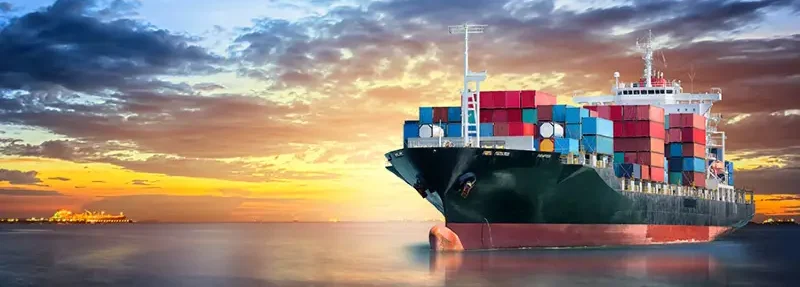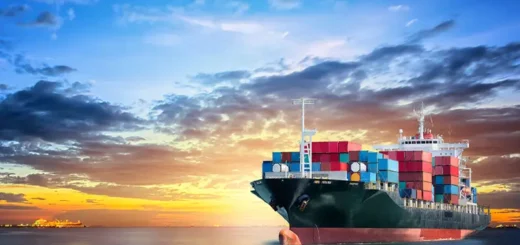Global economic centre of gravity shifts — Exporter Magazine
The global financial crisis has accelerated the shift of the economic centre of gravity, with China, the US and India set to be the three major economies by 2050; but the emerging economies do face major challenges in their bid to sustain their recent strong growth.
These are just two findings from the latest World in 2050 report published by PwC’s macroeconomics team.
The original PwC ‘World in 2050’ study in 2006 covered the 17 largest economies: the G7 (France, Germany, Italy, Japan, the UK, the US and Canada) plus Spain, Australia and South Korea; and the E7 (Brazil, Russia, India, China, Indonesia, Mexico and Turkey. The extended 2013 study – titled World in 2050 The BRICs and Beyond: Prospects, challenges and opportunities – also includes Vietnam, Nigeria, South Africa, Malaysia, Poland, Saudi Arabia and Argentina.
The report concludes the emerging economies are set to grow much faster than the G7 over the next four decades. Figures for average growth in GDP in purchasing power parity (PPP) terms show Nigeria leading the way over the period from 2012 to 2050, followed by Vietnam, India, Indonesia, Malaysia, China, Saudi Arabia and South Africa.
PwC chief economist and co-author of the report John Hawksworth comments, “The global financial crisis has hit the G7 much harder than the E7 in the short term. And it has also caused downward revisions in the estimates of longer term trend growth in the G7 – particularly those economies in Europe and the US that had previously relied on excessive public and private borrowing to drive growth.”
This means that, in PPP terms, the E7 could overtake the G7 before 2020; and by 2050 China, the US and India could be by far the largest economies – with a big gap to Brazil in fourth place, ahead of Japan.
And by the same time, Russia, Mexico and Indonesia could be bigger than Germany or the UK; Turkey could overtake Italy; and Nigeria could rise up the league table, as could Vietnam and South Africa in the longer term.
Beyond the largest economies, Malaysia has considerable long-term growth potential, while Poland could continue to outpace its Western European neighbours for some decades to come.
Yet, what are the risks that could derail emerging market growth? The PwC report cites a number of potential sources of macroeconomic and political instability, such as:
• high fiscal deficits in India and Brazil
• over-reliance on oil and gas revenues in Russia and Nigeria
• rising income inequality leading to social tensions in China and other fast-growing economies
• macroeconomic and financial instability in Vietnam.
The report also highlights the pressure on natural resources from rapid growth in emerging economies, including the increasing difficulty of keeping global warming to no more than 2˚C. While new unconventional energy sources such as shale gas were reducing fears of running out of fossil fuels, the dangers associated with more volatile global climate patterns only seem likely to increase over the next four decades based on the projections in the report.
Hawksworth concludes, “The shift in the global economic centre of gravity is clear; but there are still major challenges for the emerging economies to sustain their recent strong growth. At the same time, there are huge opportunities for Western companies in the emerging markets – but also great competitive challenges from fast-growing emerging market companies. Governments also face huge challenges, not least in relation to global warming as a result of this rapid pace of economic development.”
A copy of the World in 2050 The BRICs and Beyond: Prospects, challenges and opportunities report can be found at http://www.pwc.com/world2050






